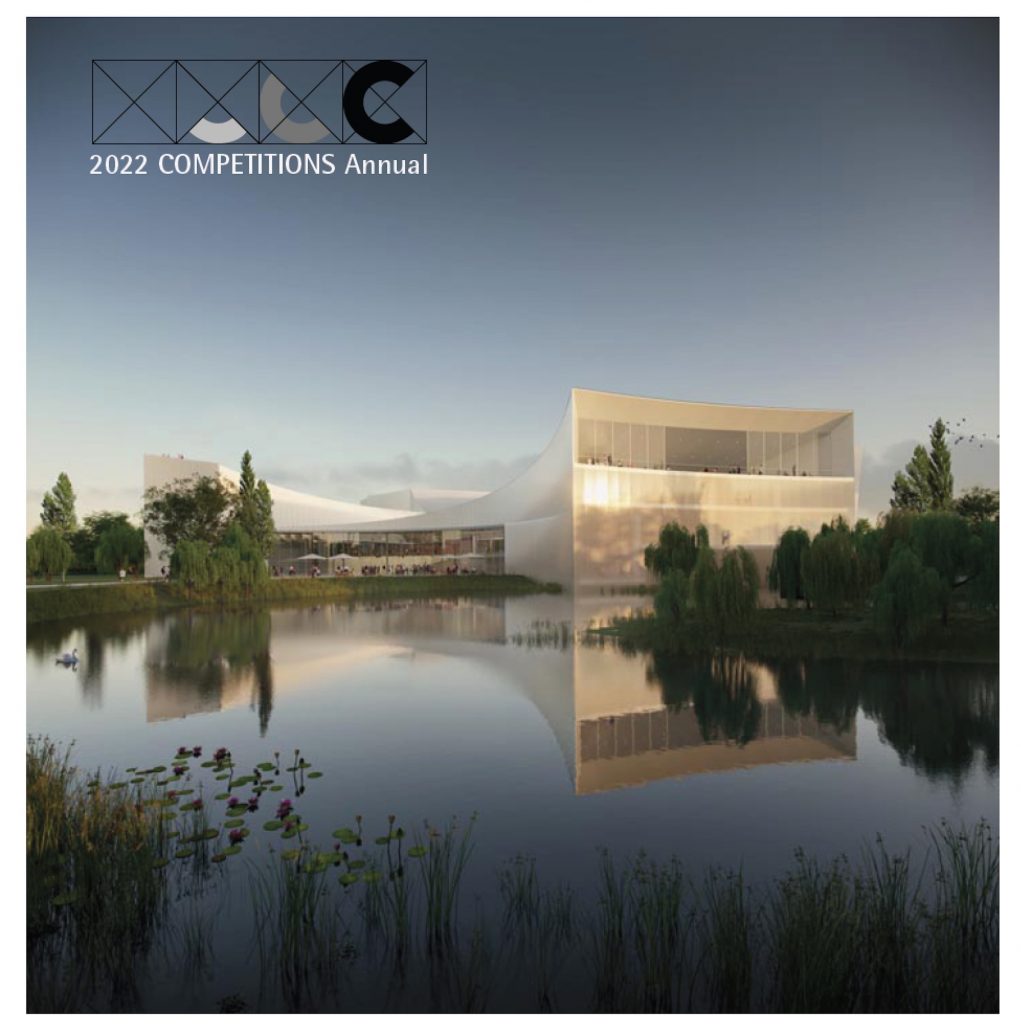Applied Research Through FabricationSponsor: Tex-Fab Type of competition: Open, ideas, two stage, international, two categories Language: English Location: N/A
Eligibility: Open to professionals and students. Teams accepted.
Registration/Submission Fee:
$100 per entry for each category Categories: Continuing Research is a category that seeks to enable a more specific and regimented design research project already underway. Encompassing all works that are at a significant stage within their development that warrant a substantial shift in the scale and or material usage to further the research. This includes any and all previously funded work at any stage of development.
Speculative Proposals is a broad based category with the intent to kickstart a design research project. It is an open category and freely interpretable. New ideas, or concepts are welcome and present the entrant an opportunity to further develop their ‘flash of genius’. Furniture, structures, products or any other project qualifies for this category with or without a specific site. No previously funded research work may be submitted.
18 March 2012 – Submission deadline for both categories Jury: First round Gil Akos/Ronnie Parsons, Studio Mode Billie Faircloth, Kieran Timberlake Jonathan Maillie, SHoP Jason Vollen, C.A.S.E. Second round Nader Tehrani, NADAAA Andrew Kudless, Matsys Design Vlad Tenu, V. tenu Awards:
In the first stage a total of 4 selections that will be awarded a 1000 USD stipend to further develop their project in a scale model (2 selections from the Continuing Research category and 2 from Speculative Proposals category). For the second stage, the models with revised boards will be juried in Dallas, Texas August 2012 (a shipping fee stipend of 250 USD will be provided) with the announcement of a winner made public in August 20. The final winning entry will be built, exhibited in Dallas/ Ft. Worth, Texas for the 4th annual TEX-FAB event and subsequently given to the Winner. The design and fabrication of the piece will be commissioned by TEX-FAB with the support of our competition sponsors. No additional design fee will be paid, however a 1,500 USD stipend will be awarded for travel to Dallas/ Ft. Worth to partake in the installation of their work, present the design on the day of the opening. Approximate value of winning proposal in materials, fabrication and labor is set at 10,000 USD.
Design challenge: Within the field of architecture, exploration involving parametric modeling and digital fabrication – or computational fabrication – is both wide and varied. There is no standard of how the technology is developed or no singular
focus on how it will impact the design process or the construction of buildings. And yet there is growing evidence the application is quickly evolving in a variety of unique directions. From novel geometries and innovative structures to improved material and environmental performance, it is clear there is a focused agenda towards a more rigorous implementation of the digital toolset. Whether following traditional models of research or pioneering new forms of hybridized working models between these three categories, those working within this field are now able to activate a broader and more fully coordinated spectrum of information about the design decision making process. To seek research proposals that actively connect academia, the profession and the fabrication industry. As a center of gravity the proposals must illustrate work of designers who are forming an integrated relationship between disciplines in the area they practice and build. As this is a “design to fabricate” competition, TEX-FAB will match our network of fabricators and consultants with the projects that best manifest research through computational fabrication and apply it toward more intelligent integers of materiality and construction. A panel of experts will be charged to identify projects that warrant a higher degree of realization and exhibit them to foster a discussion that engages an audience in our region and beyond. From this selection a final project will be selected and optimized with a team of experts for the purpose of full-scale production.
|
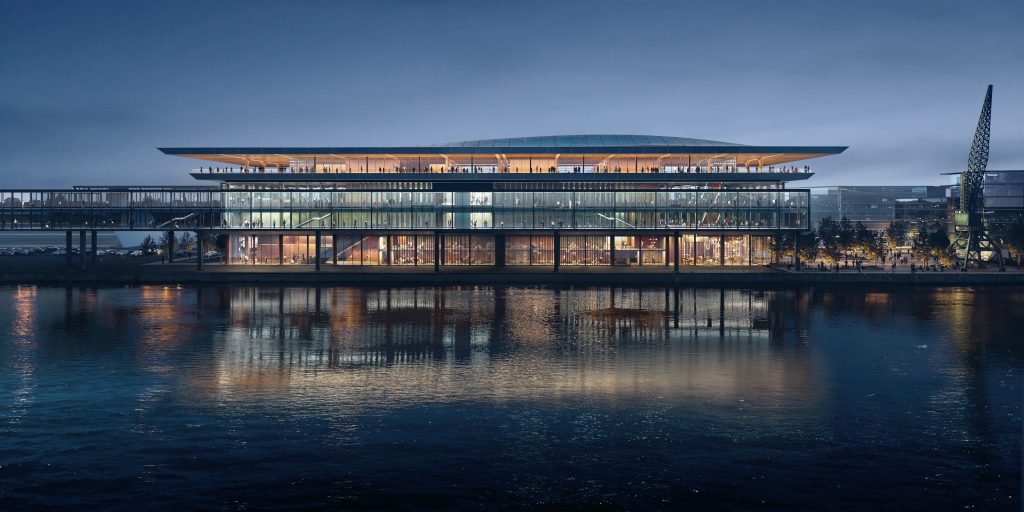
1st Place: Zaha Hadid Architects – night view from river – Render by Negativ
Arriving to board a ferry boat or cruise ship used to be a rather mundane experience. If you had luggage, you might be able to drop it off upon boarding, assuming that the boarding operation was sophisticated enough. In any case, the arrival experience was nothing to look forward to. I recall boarding the SS United States for a trip to Europe in the late 1950s. Arriving at the pier in New York, the only thought any traveler had was to board that ocean liner as soon as possible, find one’s cabin, and start exploring. If you were in New York City and arriving early, a nearby restaurant or cafe would be your best bet while passing time before boarding. Read more… Young Architects in Competitions When Competitions and a New Generation of Ideas Elevate Architectural Quality 
by Jean-Pierre Chupin and G. Stanley Collyer
published by Potential Architecture Books, Montreal, Canada 2020
271 illustrations in color and black & white
Available in PDF and eBook formats
ISBN 9781988962047
Wwhat do the Vietnam Memorial, the St. Louis Arch, and the Sydney Opera House have in common? These world renowned landmarks were all designed by architects under the age of 40, and in each case they were selected through open competitions. At their best, design competitions can provide a singular opportunity for young and unknown architects to make their mark on the built environment and launch productive, fruitful careers. But what happens when design competitions are engineered to favor the established and experienced practitioners from the very outset? This comprehensive new book written by Jean-Pierre Chupin (Canadian Competitions Catalogue) and Stanley Collyer (COMPETITIONS) highlights for the crucial role competitions have played in fostering the careers of young architects, and makes an argument against the trend of invited competitions and RFQs. The authors take an in-depth look at past competitions won by young architects and planners, and survey the state of competitions through the world on a region by region basis. The end result is a compelling argument for an inclusive approach to conducting international design competitions. Download Young Architects in Competitions for free at the following link: https://crc.umontreal.ca/en/publications-libre-acces/ 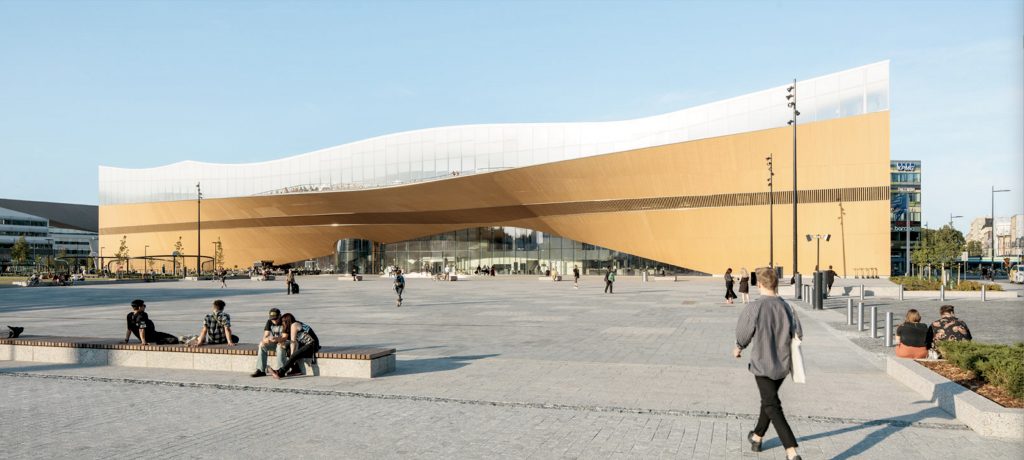
Helsinki Central Library, by ALA Architects (2012-2018)
The world has experienced a limited number of open competitions over the past three decades, but even with diminishing numbers, some stand out among projects in their categories that can’t be ignored for the high quality and degree of creativity they revealed. Included among those are several invited competitions that were extraordinary in their efforts to explore new avenues of institutional and museum design. Some might ask why the Vietnam Memorial is not mentioned here. Only included in our list are competitions that were covered by us, beginning in 1990 with COMPETITIONS magazine to the present day. As for what category a project under construction (Science Island), might belong to or fundraising still in progress (San Jose’s Urban Confluence or the Cold War Memorial competition, Wisconsin), we would classify the former as “built” and wait and see what happens with the latter—keeping our fingers crossed for a positive outcome. Read More… 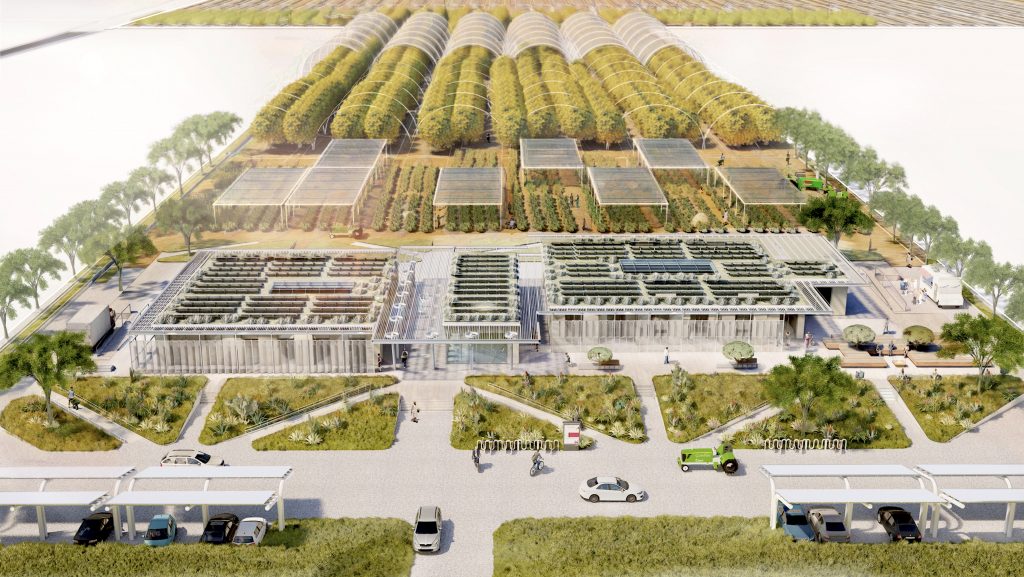
2023 Teaching and Innovation Farm Lab Graduate Student Honor Award by USC (aerial view)
Architecture at Zero competitions, which focus on the theme, Design Competition for Decarbonization, Equity and Resilience in California, have been supported by numerous California utilities such as Southern California Edison, PG&E, SoCAl Gas, etc., who have recognized the need for better climate solutions in that state as well as globally. Until recently, most of these competitions were based on an ideas only format, with few expectations that any of the winning designs would actually be realized. The anticipated realization of the 2022 and 2023 competitions suggests that some clients are taking these ideas seriously enough to go ahead with realization. Read more… 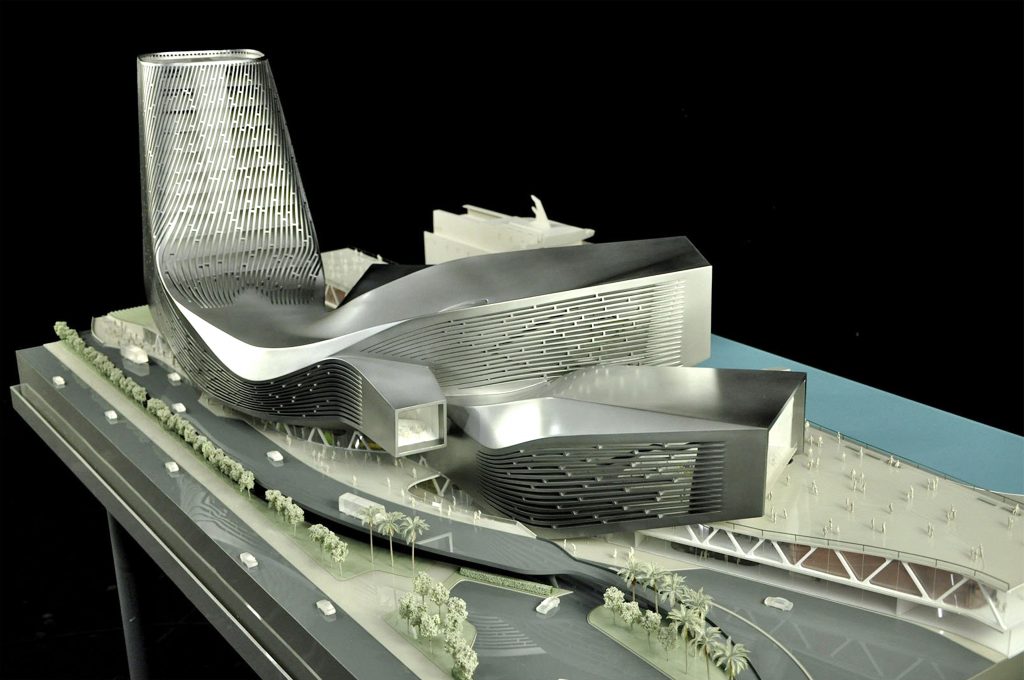
RUR model perspective – ©RUR
New Kaohsiung Port and Cruise Terminal, Taiwan (2011-2020)
Reiser+Umemoto RUR Architecture PC/ Jesse Reiser – U.S.A.
with
Fei & Cheng Associates/Philip T.C. Fei – R.O.C. (Tendener)
This was probably the last international open competition result that was built in Taiwan. A later competition for the Keelung Harbor Service Building Competition, won by Neil Denari of the U.S., the result of a shortlisting procedure, was not built. The fact that the project by RUR was eventually completed—the result of the RUR/Fei & Cheng’s winning entry there—certainly goes back to the collaborative role of those to firms in winning the 2008 Taipei Pop Music Center competition, a collaboration that should not be underestimated in setting the stage for this competition Read more… 
Winning entry ©Herzog de Meuron
In visiting any museum, one might wonder what important works of art are out of view in storage, possibly not considered high profile enough to see the light of day? In Korea, an answer to this question is in the making. It can come as no surprise that museums are running out of storage space. This is not just the case with long established “western” museums, but elsewhere throughout the world as well. In Seoul, South Korea, such an issue has been addressed by planning for a new kind of storage facility, the Seouipul Open Storage Museum. The new institution will house artworks and artifacts of three major museums in Seoul: the Seoul Museum of Modern Art, the Seoul Museum of History, and the Seoul Museum of Craft Art.
Read more… |



























